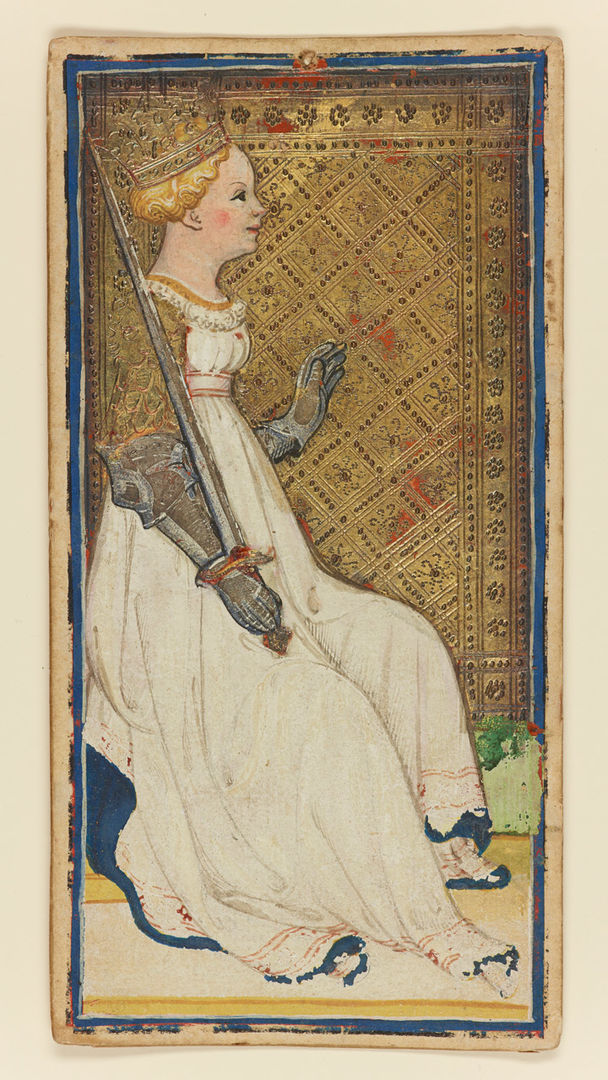Before Fortune-Telling The History and Structure of Tarot Cards

Full Document
Readwise/Full Document Contents/Before Fortune-Telling The History and Structure of Tarot Cards.md
Highlights
By the middle of the 15th century, the suit symbols of Italian cards were Cups, Swords, Batons, and Coins, and they remain so to this day. The pip cards were conventionally organized, with the repetition of the symbol indicating the value. In tarot cards, however, 21 trump cards, or tarocchi, were added, and these were figural, as in The Courtly Household Cards, with the fool at the bottom leading up to the emperor and pope at the top. ([View Highlight] (https://read.readwise.io/read/01h60rfx0kcnf9tebr40ztky15))
The earliest references to tarot all date to the 1440s and 1450s and fall within the quadrilateral defined by the northern cities of Venice, Milan, Florence, and Urbino. ([View Highlight] (https://read.readwise.io/read/01h60rfb6b92hhkm1r3pmgpy5a))
Tarot is a game of trick taking, as the many trump cards clearly indicate, and even though there are many variations (mostly minor), the rules of the game likely have not changed significantly since the 15th century. ([View Highlight] (https://read.readwise.io/read/01h60rgzx7y4ep04qt11zqwbbw))
The present-day association of tarot with fortune-telling and the occult gained currency only in the 19th century and has nothing to do with the medieval tarot cards. ([View Highlight] (https://read.readwise.io/read/01h60rgd1b49hhss12vpk07hy2))
The first trump-card game appears to have originated in Germany in the 1420s with a game known as Karnöffel, in which a suit of trump cards could beat only cards of a lower rank ([View Highlight] (https://read.readwise.io/read/01h60rhjb2vwvmwdfdb4gravjp))